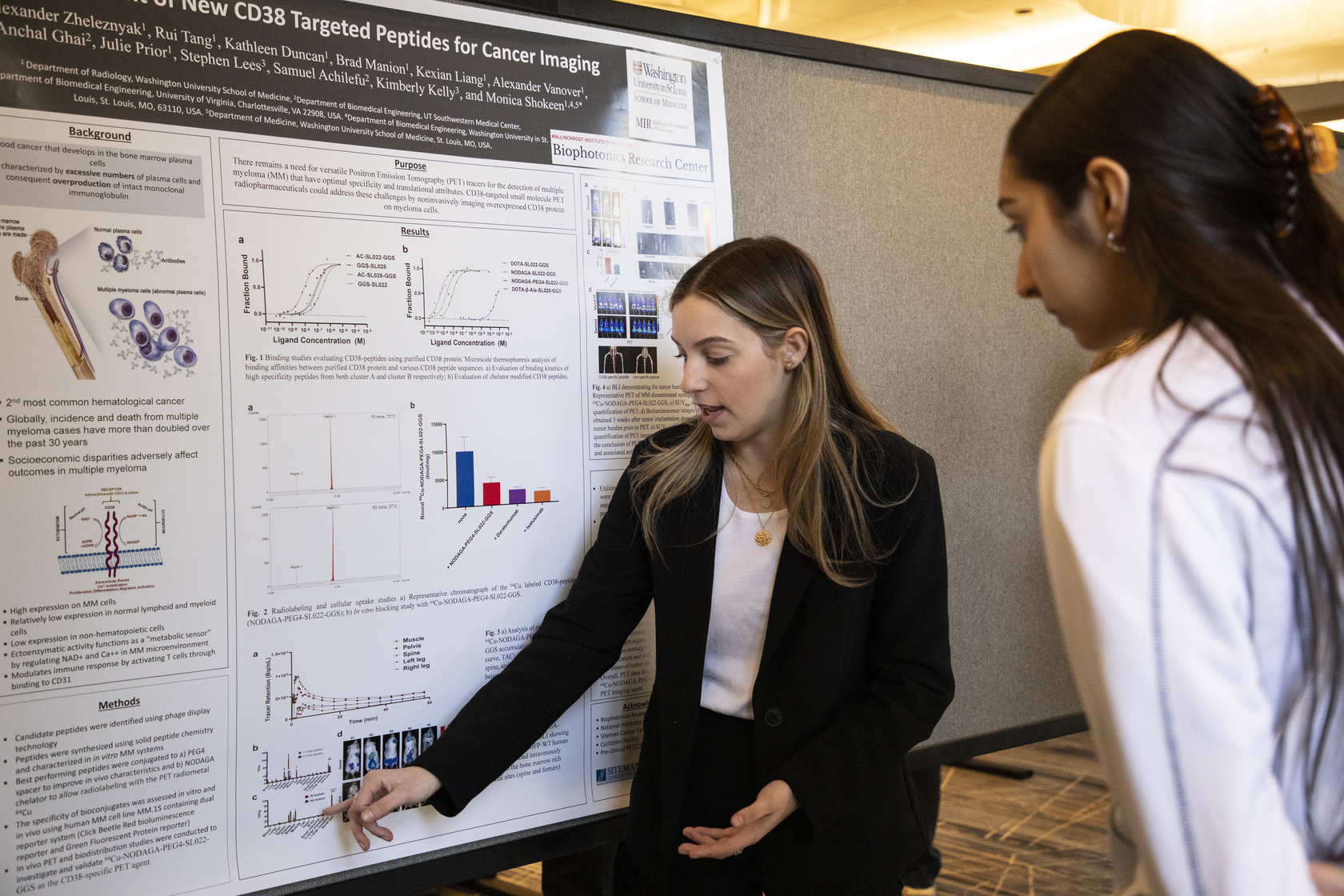Marfan Syndrome & Imaging Exams

People with Marfan Syndrome are typically very tall. But there’s more to this condition than stature alone. Marfan patients have an increased risk of developing cardiac problems, and they need lifelong imaging to monitor their heart and blood vessels.
Marfan Syndrome is a genetic disease that affects the connective tissue. That’s the tissue that holds the body together and supports the internal organs, including the heart.
“You can have several features of Marfan Syndrome and not have the condition,” says cardiothoracic radiologist Costa Raptis, MD. However, having a family history and just one symptom makes it almost a certainty you have the condition, he says. “Common symptoms include being very tall, having a spine curvature and/or a lens dislocation in the eye.”
While the symptoms by themselves are not life-threatening, the cardiac issues that may occur in Marfan patients are a major concern. The aorta — the main artery that feeds the heart — may become enlarged or stretched making its walls thin. “These folks are at risk for aortic dissection, mitral valve prolapse, and aortic regurgitation,” Raptis says.
Aortic dissection is a tear or a rupture in the aorta. It is the most serious of these complications and can result in sudden death. Mitral valve prolapse is when one of the heart’s valves — the mitral valve — doesn’t close correctly. Mitral valve prolapse can cause aortic regurgitation, which allows blood to flow backward into the heart.
Imaging is an important part of medical care for those with Marfan Syndrome and it begins with their initial diagnoses — which usually includes a CT (computerized tomography) or MRI (magnetic resonance imaging) scan — and continues for the rest of the patient’s life.
“We prefer to use MRI in younger individuals because they will have to undergo lifelong imaging, and an MRI uses a magnet rather than radiation,” says Raptis. Frequency of imaging depends upon the patient and the severity of their symptoms. “It can be every six months, every year to every couple of years.”
“With an MRI, you can measure the thickness of aortic walls,” says Raptis.” But an MRI is slower than a CT. If someone comes into the ER with known Marfan and is having chest pain, we will conduct a CT, which is the ‘workhorse’ in the acute setting.” Time is important in those situations.
Adds Raptis, “We’ve developed specific imaging protocols (detailed plans) for Marfan patients. This means that we obtain the best quality images to answer the questions the ordering physician needs to know.”





